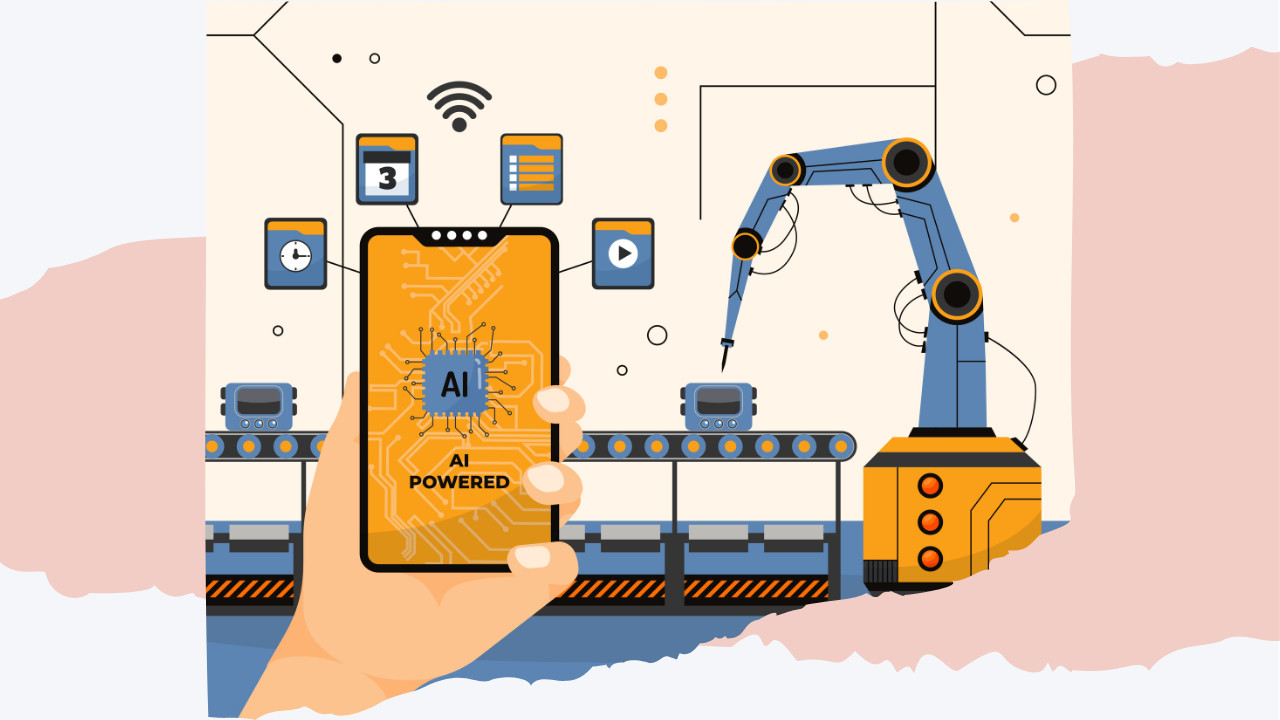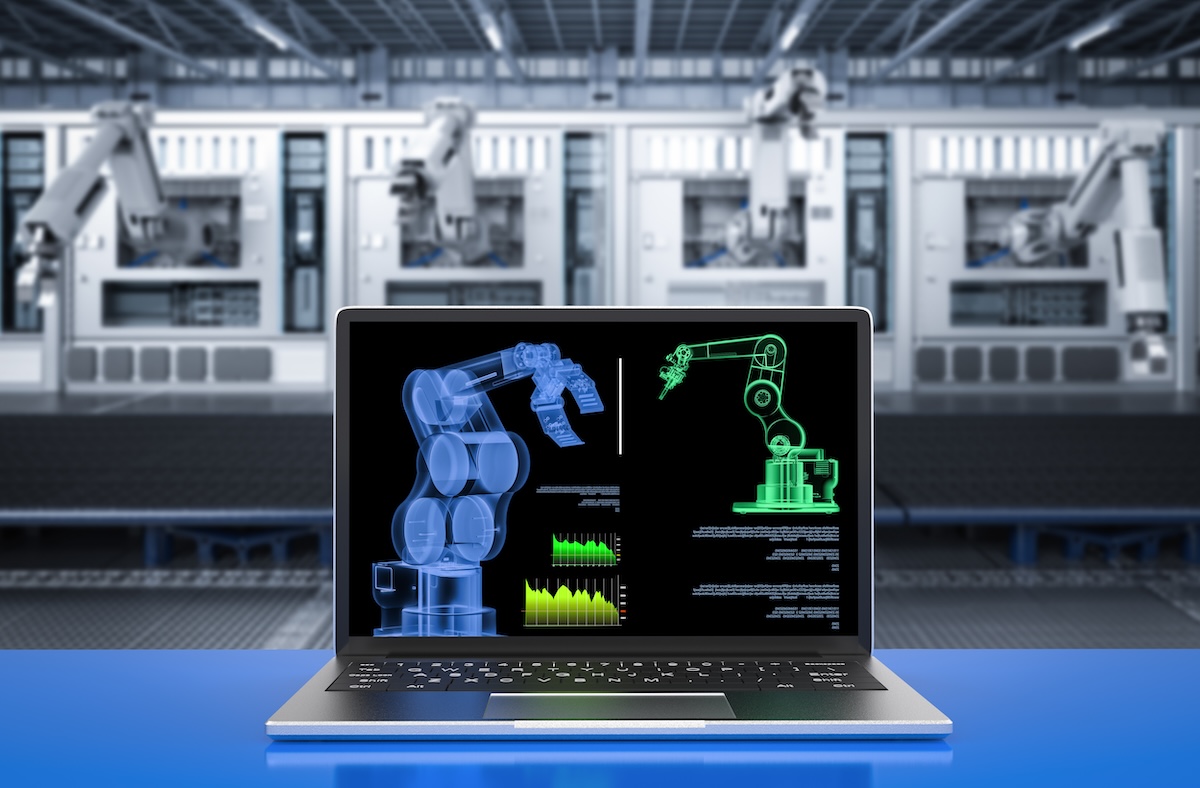The Role of AI in Reducing Huge Businesses’ Carbon Costs
Artificial intelligence (AI) is among the drivers of innovation in every industry, and it’s also a key player in reducing businesses’ carbon emissions. For instance, AI technology has significantly helped cut the carbon footprint of the energy industry through efficiency improvements, particularly in customer engagement, energy trading, and energy fraud detection.
Carbon has a cost and it can be exorbitantly expensive, especially for large corporations with a big carbon footprint. AI is a powerful tool that can help such businesses to cut down costs and make decarbonization efforts more feasible.
What are carbon costs?
Carbon costs are business expenses that are associated with the management of and complying with obligations or liabilities under laws and regulations regarding greenhouse gas (GHG) emissions. Due to the development of carbon trading markets and the use of carbon pricing, there is now a price tied to carbon dioxide emissions that corporations are obliged to pay — carbon taxes or emissions trading schemes (ETS). Smaller expenses include costs related to carbon accounting and other miscellaneous costs.
How can businesses keep carbon costs down?
To understand the role of AI in decreasing carbon costs, it’s important to know what practices keep carbon costs down in the first place. It all boils down to keeping emissions to a minimum and being as efficient as possible.
- Measure emissions – the first step to reducing carbon costs is through carbon accounting. For businesses that have an accurate knowledge of how much carbon their operations are emitting, it’s easier to establish goals and formulate decarbonization plans.
- Eliminate inefficiencies – efficiency is the key to lower emissions, so it’s important that businesses identify and get rid of inefficiencies in their operations as much as they can.
Boosting operational efficiency
Efficiency is perhaps the biggest selling point of AI in industries, and efficiency has a direct relation to reducing carbon emissions. AI technology can eliminate redundancies and take over tedious, repetitive tasks that would otherwise be done by human employees. AI allows businesses to allocate their manpower to higher-value tasks that require human judgment. More about AI in Energy Management.
The value of AI is even bigger in huge businesses as the size of their operations sees greater benefits from the efficiency boost provided by AI technology. There are various forms of AI tech that have a direct impact on operational efficiency.
- Conversational AI – providing instantaneous, 24/7 customer service isn’t cost-effective and low-cost alternatives can prove to be ineffective. AI-powered chatbots can be the solution to this problem as they can immediately respond to customer concerns at any time of the day.
- Workflow automation – businesses can boost employee productivity by eliminating manual tasks using automation. As mentioned, AI can free up the workforce for higher-value tasks that directly affect the bottom line. Examples of workflow automation include the use of virtual assistants to set meetings and appointments, streamlining IT service requests, and AI-based Customer Relationship Management (CRM) software.
Collecting data on emissions
AI is revolutionizing data collection. For instance, AI in the beauty industry allows companies to comb through millions of product reviews to gather valuable data in a short amount of time. Within the context of decarbonization, the role of AI in data collection is obvious.
Decarbonization strategies are data-driven, emphasizing the importance of more efficient ways of data collection and analysis. Without data, organizations will be operating blind and it’s especially true in cutting down carbon costs. The volume of carbon emissions is directly tied to carbon-related expenses, so it’s critical that businesses know how much carbon they’re releasing into the atmosphere.
Through carbon accounting, corporations can determine an accurate measurement of their carbon emissions. AI can expedite the carbon accounting process and make it more efficient. Through automated carbon accounting, businesses have a digital platform that makes the management of GHG emissions easier, while simultaneously reducing their environmental impact. Examples of such technologies are:
- Plan A – a Berlin-based company that uses an AI- and digital-driven SaaS platform to help companies contribute to the goal of net-zero emissions
- Tomorrow – Danish-based company that uses AI and machine learning to measure the environmental impact of our daily activities automatically.
A recent development in the maritime transport industry underlines the importance of AI in managing carbon emissions. The International Maritime Organization (IMO) will be instituting two new regulations, one of which is the Carbon Intensity Indicator (CII) rating.
To enforce this rating, the IMO will be requiring shipping operators to submit a Ship Energy Efficiency Management Plan (SEEMP) starting January 2023. This plan details the steps they took to make their ships more energy efficient in a cost-effective way. Operators will benefit greatly from using AI-powered tools to help them produce the SEEMPs.
Conclusion
Lower carbon emissions mean lower carbon costs. This isn’t a big problem for small businesses, but for huge businesses, it’s a lot more complicated. Their larger-scale operations emit a larger volume of carbon, leading to higher carbon taxes and more expenses on carbon management. Aside from changes such as cutting plastic use, large businesses need to rely on AI to increase operational efficiency, reduce carbon emissions, and optimize carbon management. Fortunately, AI technology keeps on advancing and corporations will have even more options to choose from.



